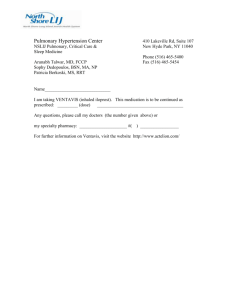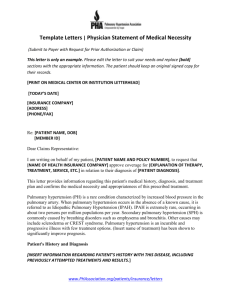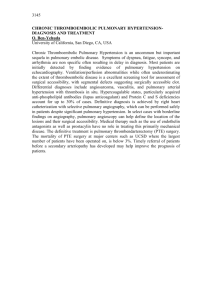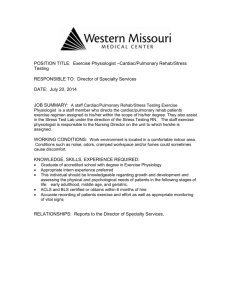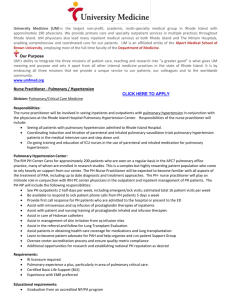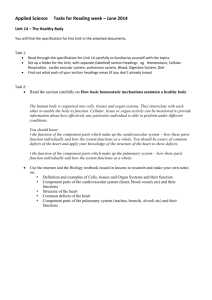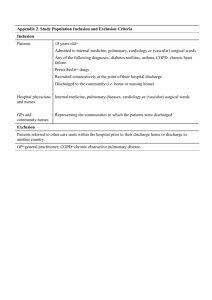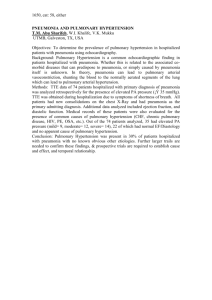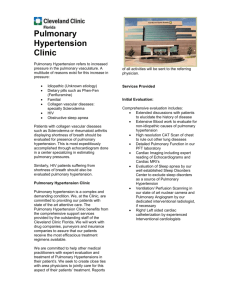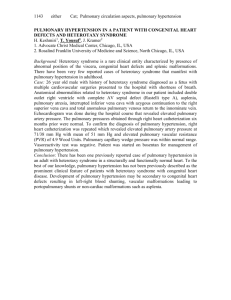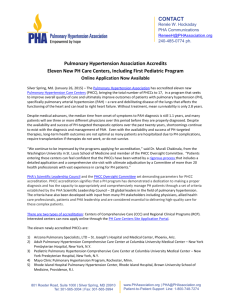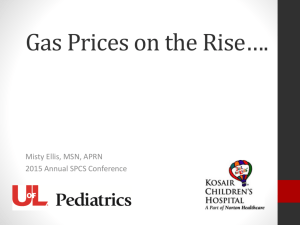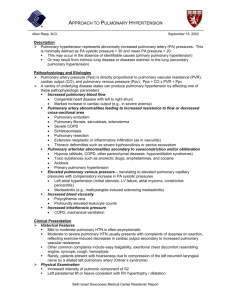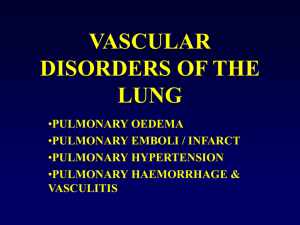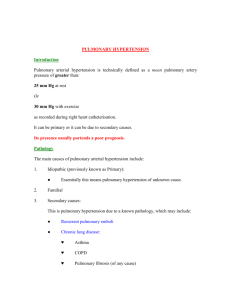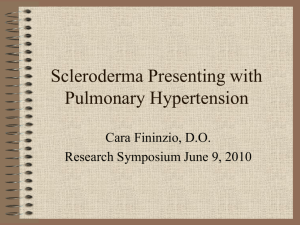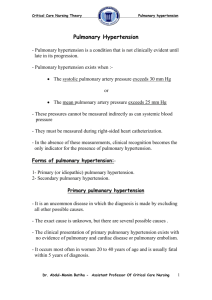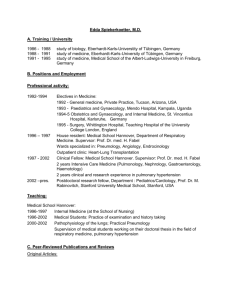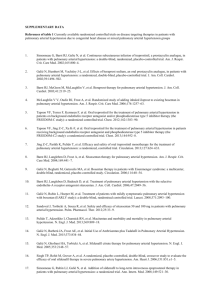comparison of iloprost and nitric oxide for treatment of pulmonary
advertisement
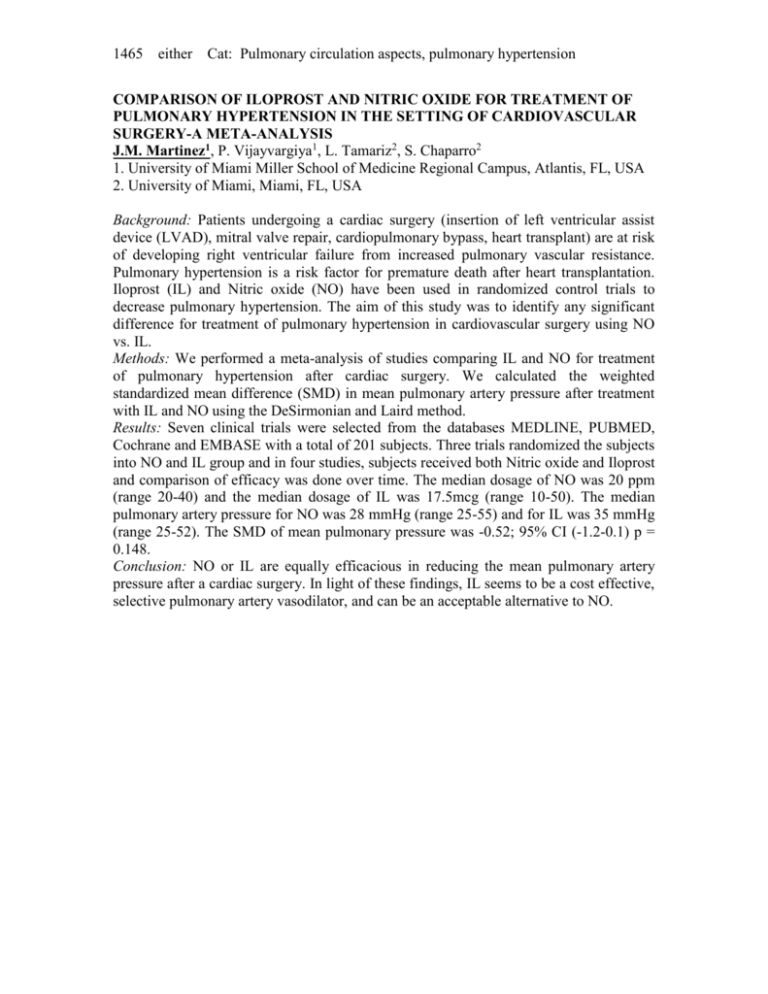
1465 either Cat: Pulmonary circulation aspects, pulmonary hypertension COMPARISON OF ILOPROST AND NITRIC OXIDE FOR TREATMENT OF PULMONARY HYPERTENSION IN THE SETTING OF CARDIOVASCULAR SURGERY-A META-ANALYSIS J.M. Martinez1, P. Vijayvargiya1, L. Tamariz2, S. Chaparro2 1. University of Miami Miller School of Medicine Regional Campus, Atlantis, FL, USA 2. University of Miami, Miami, FL, USA Background: Patients undergoing a cardiac surgery (insertion of left ventricular assist device (LVAD), mitral valve repair, cardiopulmonary bypass, heart transplant) are at risk of developing right ventricular failure from increased pulmonary vascular resistance. Pulmonary hypertension is a risk factor for premature death after heart transplantation. Iloprost (IL) and Nitric oxide (NO) have been used in randomized control trials to decrease pulmonary hypertension. The aim of this study was to identify any significant difference for treatment of pulmonary hypertension in cardiovascular surgery using NO vs. IL. Methods: We performed a meta-analysis of studies comparing IL and NO for treatment of pulmonary hypertension after cardiac surgery. We calculated the weighted standardized mean difference (SMD) in mean pulmonary artery pressure after treatment with IL and NO using the DeSirmonian and Laird method. Results: Seven clinical trials were selected from the databases MEDLINE, PUBMED, Cochrane and EMBASE with a total of 201 subjects. Three trials randomized the subjects into NO and IL group and in four studies, subjects received both Nitric oxide and Iloprost and comparison of efficacy was done over time. The median dosage of NO was 20 ppm (range 20-40) and the median dosage of IL was 17.5mcg (range 10-50). The median pulmonary artery pressure for NO was 28 mmHg (range 25-55) and for IL was 35 mmHg (range 25-52). The SMD of mean pulmonary pressure was -0.52; 95% CI (-1.2-0.1) p = 0.148. Conclusion: NO or IL are equally efficacious in reducing the mean pulmonary artery pressure after a cardiac surgery. In light of these findings, IL seems to be a cost effective, selective pulmonary artery vasodilator, and can be an acceptable alternative to NO.
